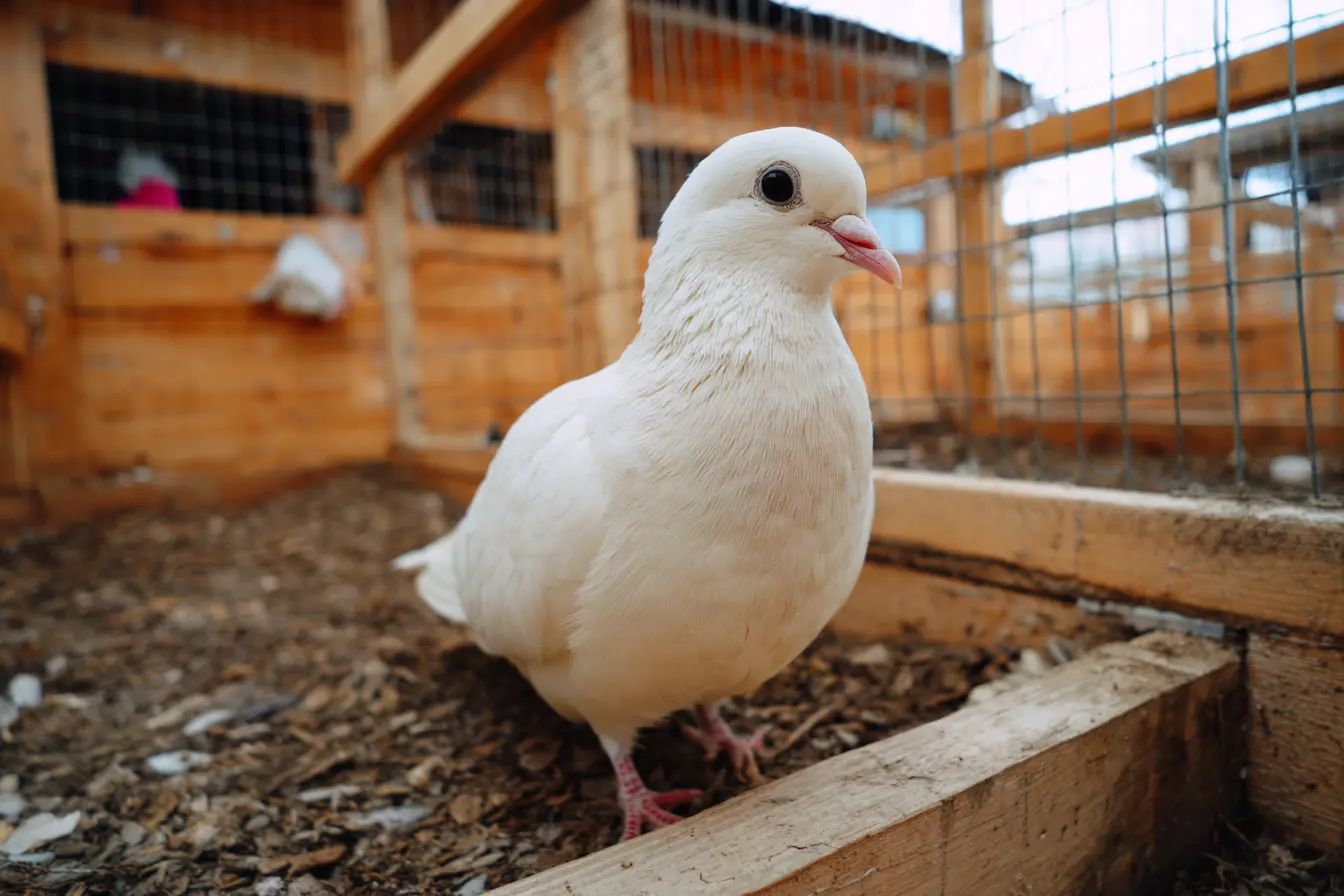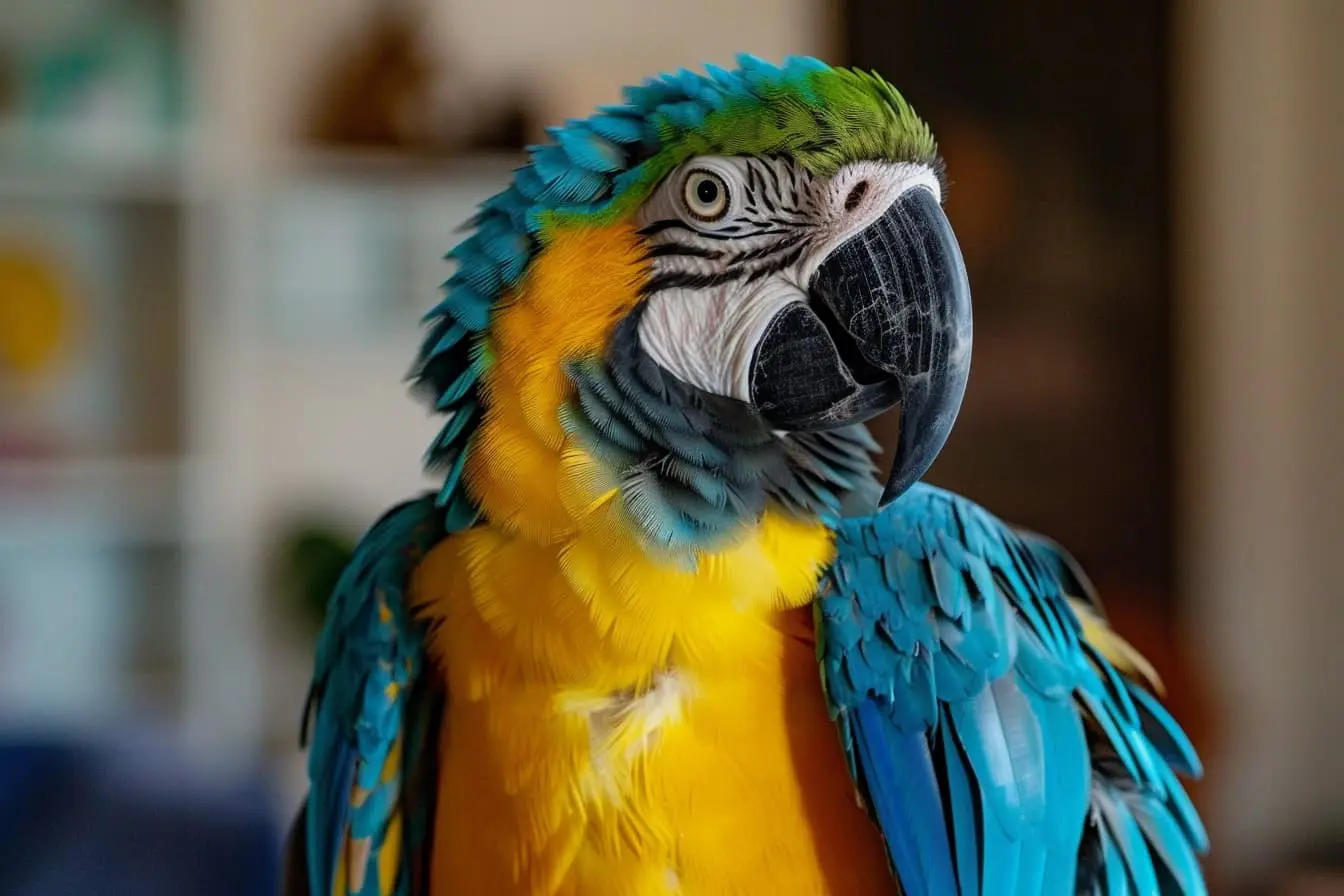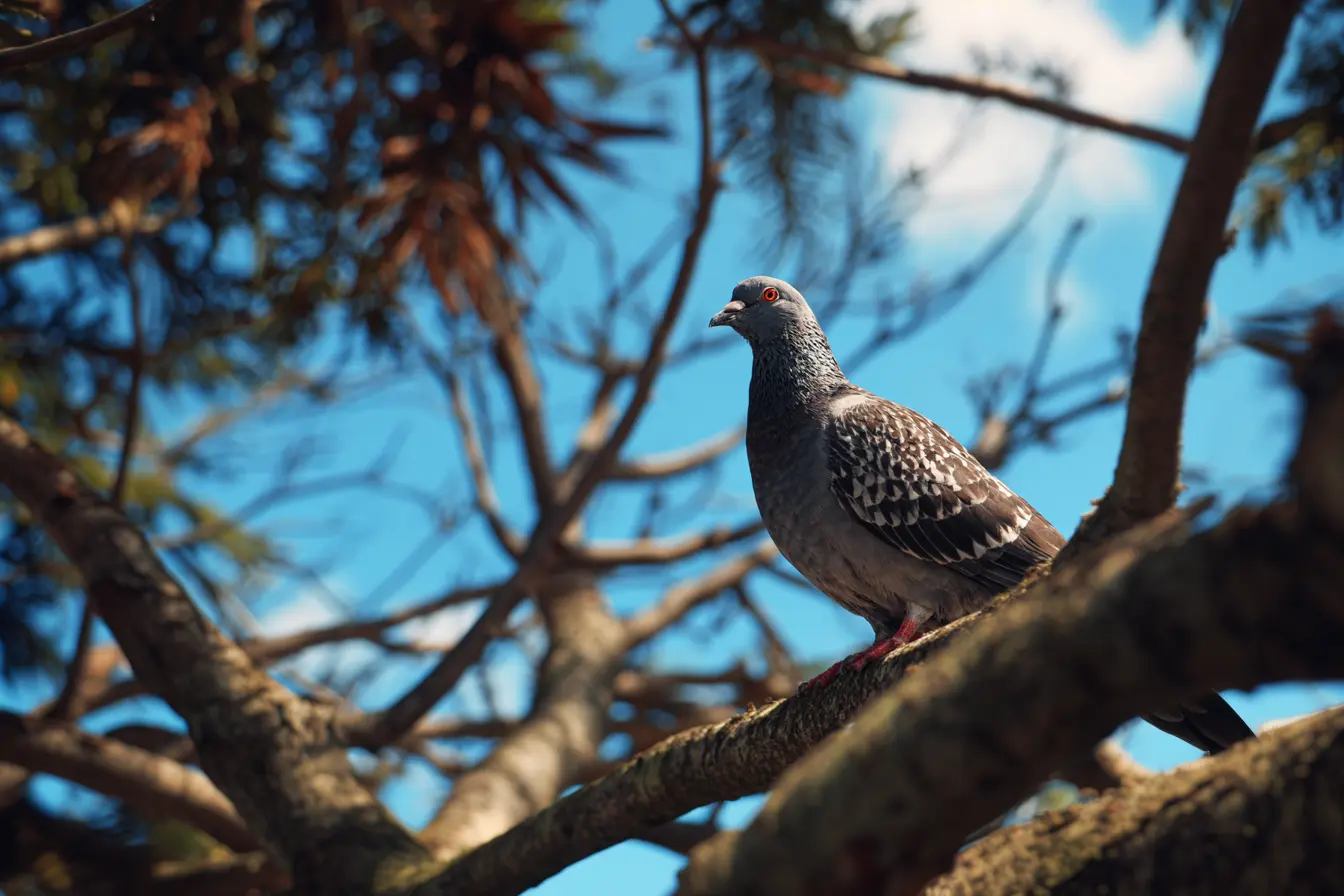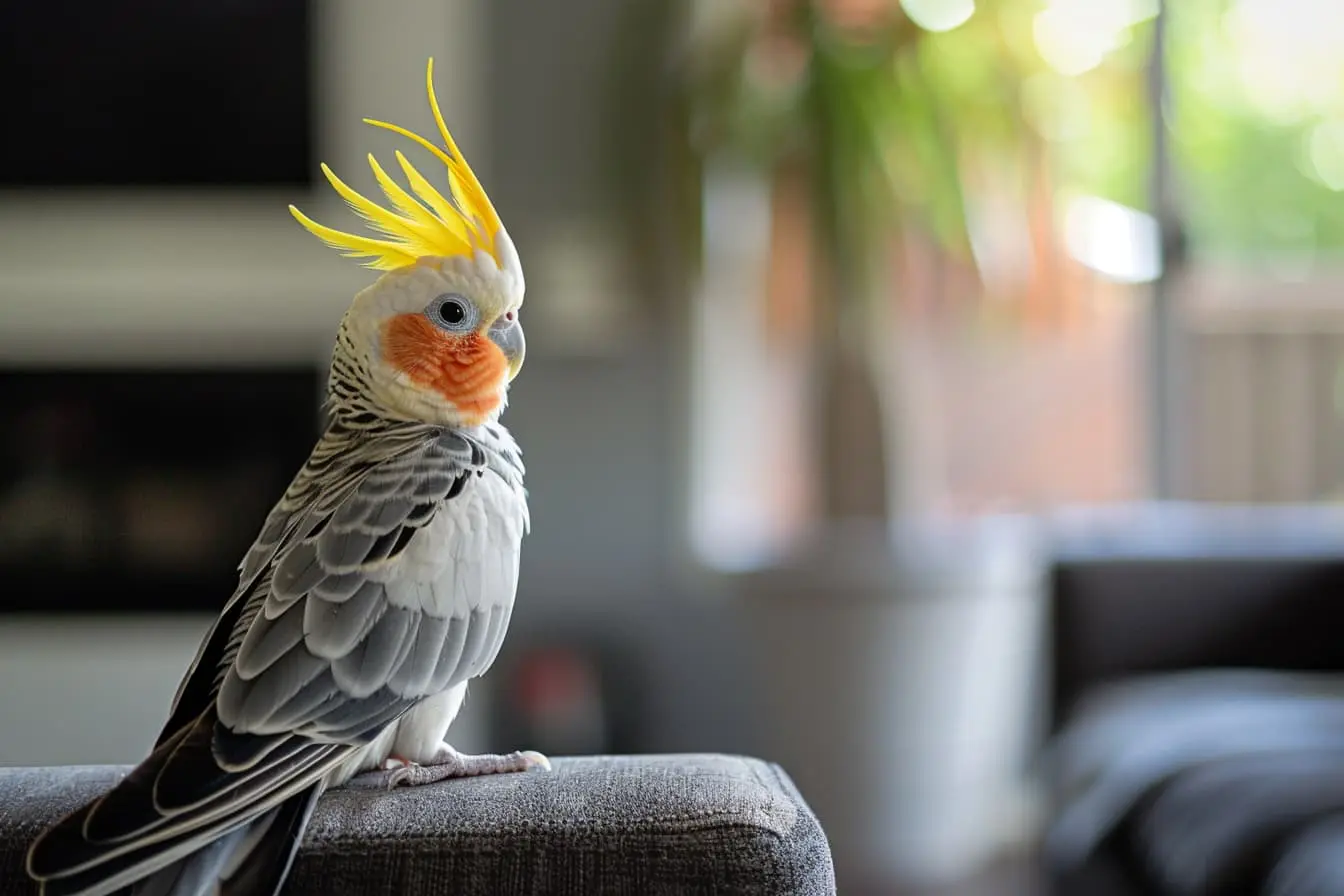
The Complete Guide to Keeping White Release Doves
White release doves, often used in weddings, funerals, and special ceremonies, are symbols of love, peace, and hope. In reality, these birds are not pure white “doves” in the wild sense but are usually specially bred white homing pigeons. Their homing ability allows them to return safely to their loft after being released. Keeping them requires a proper understanding of their needs, training requirements, and ethical considerations to ensure their welfare.
Understanding White Release Doves
Species and Identification
- Most “release doves” are white homing pigeons (Columba livia domestica), bred for strong navigation and endurance.
- They are larger and stronger than true white doves (like ring-neck doves), making them suitable for flight over long distances.
Temperament
- Gentle, intelligent, and highly trainable.
- Bond with their keeper and recognise their home loft as their safe haven.
Housing Requirements
The Loft
- Size: Minimum of 4 cubic feet per bird, with space for perching, nesting, and flying between perches.
- Design: Solid roof, weatherproof walls, and strong mesh windows for ventilation.
- Security: Keep loft predator-proof. Cats, rats, and birds of prey are common threats.
Location
- Place the loft in a quiet, open area, ideally with clear airspace for take-offs and landings.
- Avoid positioning near dense trees where hawks might hide.
Interior Essentials
- Perches: Provide multiple, spaced perches at different heights.
- Nest Boxes: One enclosed space per breeding pair.
- Feeders/Waterers: Clean, easily accessible, and protected from contamination.
Nutrition
Daily Diet
- Grain Mix: A balanced pigeon feed with maize, wheat, peas, and millet.
- Grit: Essential for digestion. Offer both insoluble grit (for grinding food) and soluble grit (for calcium).
- Fresh Greens: Spinach, kale, lettuce, and dandelion leaves.
- Supplements: Vitamin and mineral mixes during breeding and moulting.
Foods to Avoid
- Salty, sugary, or processed foods.
- Mouldy grain, which can cause serious illness.
Training for Release
When to Start
- Begin training once the birds are at least 6–8 weeks old and fully feathered.
- They must first learn their loft is “home” before any release flights.
Training Stages
- Loft Training: Allow young birds to explore the loft and see the outside from inside.
- Trap Training: Teach them to enter the loft through one-way doors after exercise.
- Short Releases: Start with 1–2 km away from home and gradually increase the distance.
- Longer Flights: Build up to 30–50 km before using them for ceremonial releases.
Ethical Note
- Never release doves without proper homing training. Untrained birds are at risk of getting lost, starving, or falling prey to predators.
- Avoid releases in poor weather or at night.
Health and Maintenance
Routine Care
- Clean lofts weekly, removing droppings and replacing bedding.
- Provide fresh water daily.
- Offer baths twice a week to help keep feathers in top condition.
Common Health Issues
- Canker: A parasitic infection. Prevent through hygiene and regular health checks.
- Respiratory Illnesses: Often caused by poor ventilation or dusty feed.
- Parasites: Mites and lice can cause feather damage and discomfort.
Vet Care
- Use an avian vet familiar with pigeons.
- Quarantine new birds before introducing them to your loft.
Breeding Considerations
- White release doves breed easily, producing two eggs per clutch.
- Breeding pairs share incubation duties (about 17 days).
- Young birds (squabs) need at least 4–6 weeks in the loft before training begins.
Event Preparation
Pre-Event Care
- Ensure birds are well-fed, healthy, and trained for the intended release distance.
- Transport them in well-ventilated, comfortable carriers.
Release Day
- Only release in safe weather - clear skies, mild temperatures, and no high winds.
- Ensure the release site is within the birds’ proven homing range.
Lifespan and Commitment
White release doves can live 10–15 years with proper care. Keeping them is a long-term responsibility, requiring daily attention, training, and ethical decision-making.
Conclusion
Keeping white release doves is a deeply rewarding experience that combines animal care, training skill, and the joy of seeing your birds return home after a graceful flight. With the right loft, balanced diet, proper training, and commitment to their welfare, these stunning birds can safely participate in meaningful events while enjoying a long, healthy life.
Related Vets
Vets near you
Speciality vets
- Aquatics vet specialists
- Birds vet specialists
- Camelids vet specialists
- Cats vet specialists
- Cattle vet specialists
- Deer vet specialists
- Dogs vet specialists
- Equines vet specialists
- Exotic vet specialists
- Goats vet specialists
- Pigs vet specialists
- Poultry vet specialists
- Sheep vet specialists
- Small Mammals vet specialists
- Wild vet specialists










